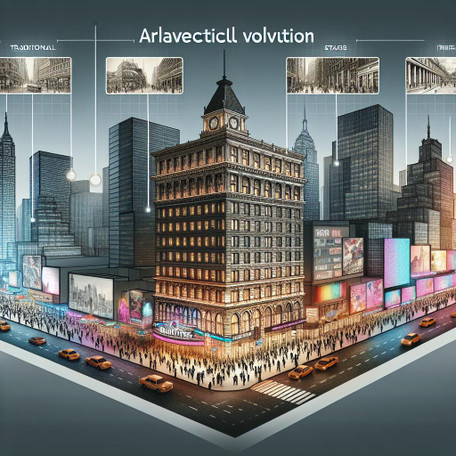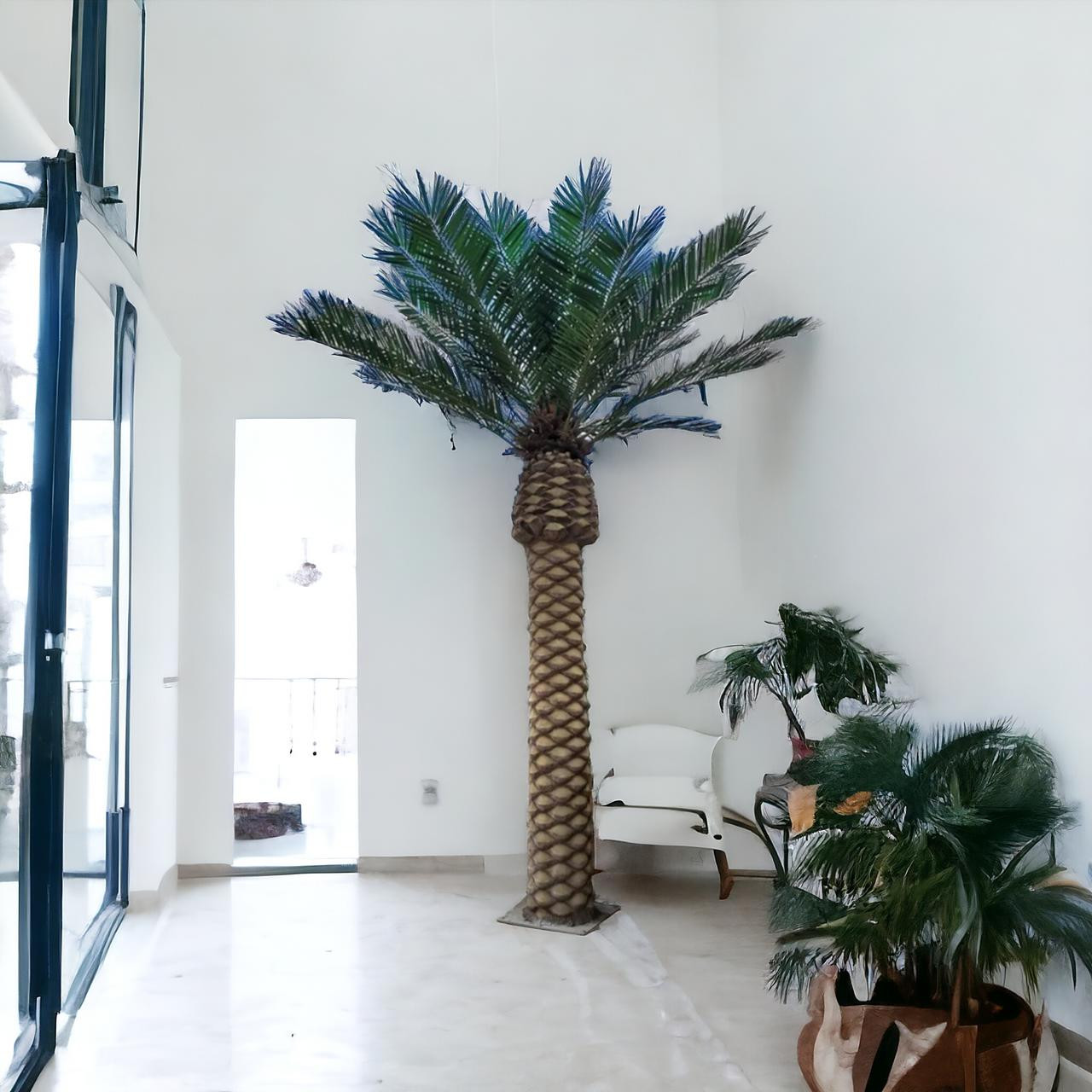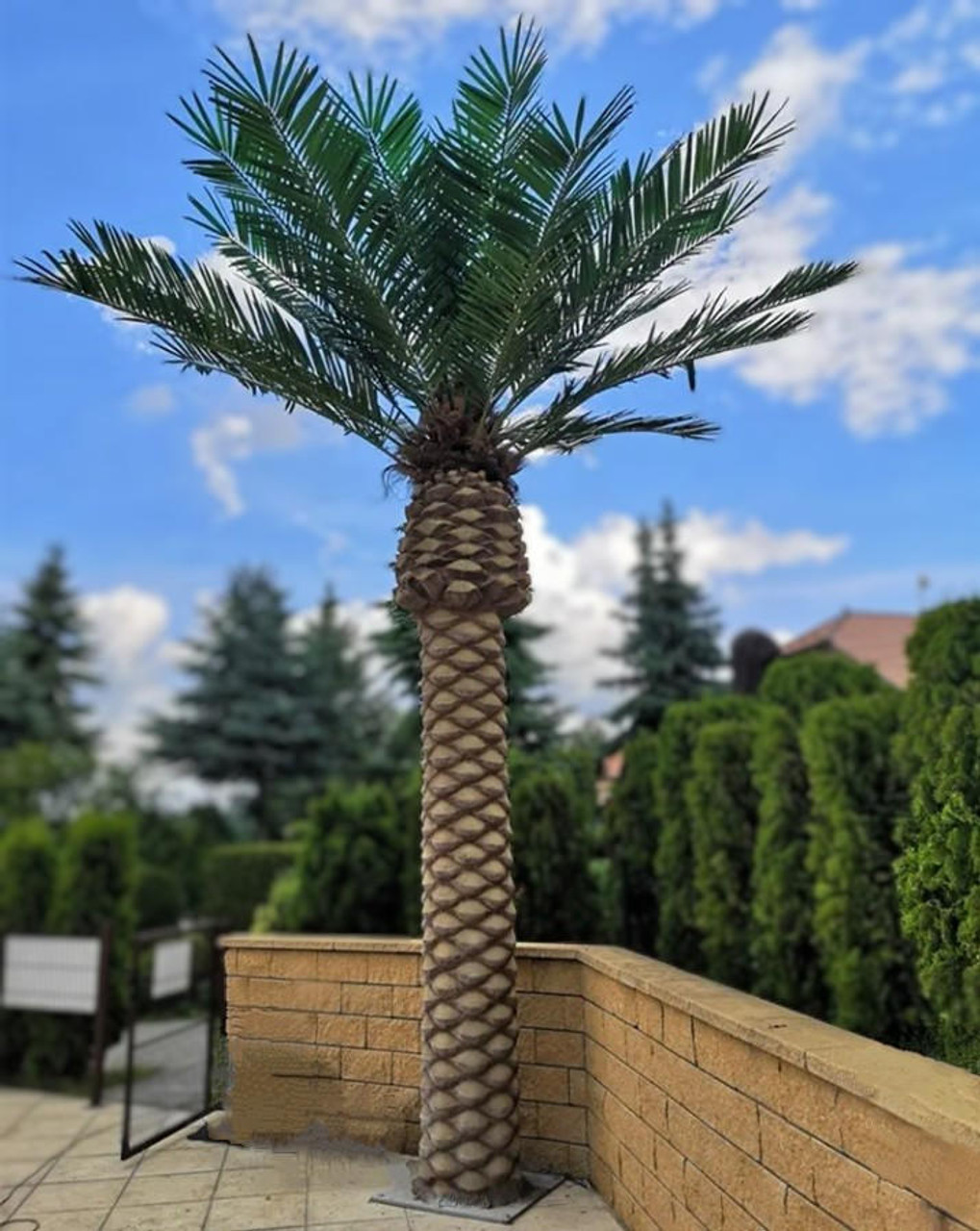DoubleTree Times Square: Tracing the Evolution of a New York City Icon
Posted by Jessie Meldrew - Fashion Blogger on 8th Oct 2024
In the heart of the multifaceted microcosm that is New York City, DoubleTree Times Square positions itself as a vibrant emblem of both hospitality and urban evolution. Each season, as a deluge of tourists converge upon Times Square with its kinetic energy and whirlwind of lights, DoubleTree emerges not only as a sanctuary but as an icon, emblematic of the broader transformation this eclectic urban landscape has experienced over the decades. Understanding the significance of this establishment is to trace the meticulous evolution of an architectural and cultural anchor within New York City, standing resilient and relevant amidst the towering competition of high-rise hotels and the vibrant pulse of one of the world's most famous neon-lit crossroads.
The Birth of an Urban Legend
From the very outset, the creation of DoubleTree Times Square appeared almost destined to be an urban legend. Built just steps away from the cacophony of Times Square itself, the DoubleTree came into being during a period of New York's history that was rife with change and reinvention. At a time when Times Square was shaking off its past associations with neglect and decay, the DoubleTree emerged as part of a new age of development that began to take root in the heart of Manhattan.
This hotel instantiated a departure from its traditional counterparts by marrying elegance, modernity, and comfort. It quickly evolved into a recognizable symbol, known for its warm welcome package—a chocolate chip cookie for every guest—a small touch that has become synonymous with the brand’s identity worldwide. But beyond the surface sweetness, the hotel embodies the strategic urban regeneration that began to ripple through New York City.
The hotel's establishment was timely, riding the crest of a wave of urban renewal spurred by strategic policy changes and the collective vision to transform New York into a safer, tourism-friendly mecca. The emergence of DoubleTree Times Square was part of this broader urban renaissance, which sought to erase the gritty, crime-ridden reputation that the area, particularly Times Square, had earned by the late 20th century.
Architecture: A Reflection of Urban Evolution
The architecture of DoubleTree Times Square serves as a testimony to the evolving design sensibilities of city planners and architects who contributed to reshaping Times Square’s skyline. Designed with both functionality and aesthetic appeal in mind, the structure transcends the typical hotel infrastructure, presenting a blend of the contemporary with subtle nods to the Art Deco influences that defined much of New York's architectural history.
While some might overlook it as just another high-rise within an already congested skyline, the DoubleTree Times Square offers more than meets the eye. Its architecture stands as a synthesis of urban planning ideals and a case study of how a city, by nurturing its structures, nurtures its people. The glass facades reflect the hustle of the city, while the robust base stabilizes, metaphorically linking the city’s unpredictable energy with its unyielding core stability.
The detailed brickwork, the geometry of its window panes, and the holistic integration of its spatial design reflect an ethos of preserving functional artistry amid a sea of minimalist, utilitarian constructs. This architectural presence complements the energy of Times Square, acting as a canvas reflecting the perpetual motion of the city both literally and figuratively.
Culture and Community: DoubleTree in the Heart of the Beast
Understanding DoubleTree Times Square is also about understanding its relationship with the surrounding community. Nestled amidst theaters, restaurants, and the ubiquitous visual noise of Times Square, this hotel offers insight into the lifestyle of New Yorkers. For both tourists and residents, it's a lynchpin in the social fabric, bridging cultures, fostering interactions, and enhancing social exchange—a revered sanctuary within the city’s social ecosystem.
The hotel’s key position means it plays host to a diverse range of guests, from international tourists seeking the thrill of Broadway to business travelers engaged in the dynamism of Midtown’s financial districts. For the teeming crowds that pulsate through Times Square, the DoubleTree offers more than a resting place; it stands as a cultural institution where people from disparate backgrounds converge and collide in the heart of Manhattan.
More than a temporary abode, DoubleTree fosters cultural engagement by hosting events that attract local artists, performers, and culinary experiences that showcase New York’s multicultural tapestry. This active participation underscores the hotel’s commitment to cultural richness and community connectivity—providing a window to the vibrant urban soul of New York.
A Symbol of Urban Connectivity and Economic Growth
As New York City continually reinvents itself, DoubleTree Times Square remains a beacon of continuity and change. The hotel has thrived in a competitive market, representing both economic resilience and adaptability. Hosting countless conferences, events, and meetings throughout the years, the DoubleTree has interwoven itself with the economic fabric of the city, contributing robustly to local and metropolitan economies. Its story is one of economic vitality that underscores its enduring legacy as a critical player in New York's hospitality and business sectors.
- Economic Impact: Providing employment and career opportunities to thousands of New Yorkers over the years.
- Cultural Influence: Offering a gateway experience to visitors, shaping their first impressions of the city.
- Community Engagement: Being a thoroughfare for residents and visitors, enhancing neighborhood vitality.
The DoubleTree is an emblem of urban synergy, where the cross-pollination of business and cultural exchanges occurs constantly. Its presence has fueled local businesses and stimulated tourism, acting as a nucleus of economic and social transformation within the dense matrix of New York City.
The Role of Tradition and Innovation in Hospitality
As the DoubleTree franchise celebrates its well-loved traditions—like the aforementioned chocolate chip cookie gift—these are juxtaposed against its modern innovations to elevate the guest experience. From state-of-the-art amenities like fitness centers equipped for wellness-seeking travelers to digital check-in processes that streamline convenience, the hotel embodies the balanced integration of tradition and innovation.
In particular, the sustainability initiatives of DoubleTree Times Square spotlight the hotel's commitment not only to serve guests within its walls but also to extend its stewardship to the urban environment. Efficient waste management systems, eco-friendly materials, and energy-efficient design illustrate its pivot towards a sustainable future, enjoined in step with New York's broader sustainability goals.
Such initiatives reflect a forward-looking vision that aligns with the global transition towards sustainable tourism. DoubleTree Times Square exemplifies a progressive business ethic that resonates with environmentally conscious guests—demonstrating that luxury and sustainability can coalesce harmoniously in the bustling core of an ever-evolving city.
Conclusion: Reflecting on the Past and Envisioning the Future
Throughout the decades, DoubleTree Times Square has emerged as more than a mere lodgment in the city that never sleeps—it is a testament to New York City’s unwavering ability to blend tradition with innovation, maintaining its allure while constantly reinventing its identity. Whether it's welcoming a weary traveler or playing its part in the city’s thriving business landscape, DoubleTree Times Square continues to serve as a microcosm of what makes New York City extraordinary—a mélange of diversity, culture, and perpetual evolution.
Looking ahead, as urban landscapes continue to transform, DoubleTree Times Square’s story serves as a parable of adaptation and endurance in the ever-shifting sands of urban development. It embodies Jane Jacobs' vision of cities as living organisms—infinitely complex yet purposefully interwoven with pathways that connect places and people, ultimately with the capacity to shape urban destiny through evocative design and community engagement.
In contemplating the continuance of its iconic status, DoubleTree Times Square stands poised to influence not just the precinct it serves, but to contribute to the ongoing narrative of New York. Its corridors are laden with stories of past, present, and future—all woven into the fabric of a hotel that is as much a safe haven to the wanderer as it is a steadfast reminder of hopeful resilience within the city's relentless progression.




